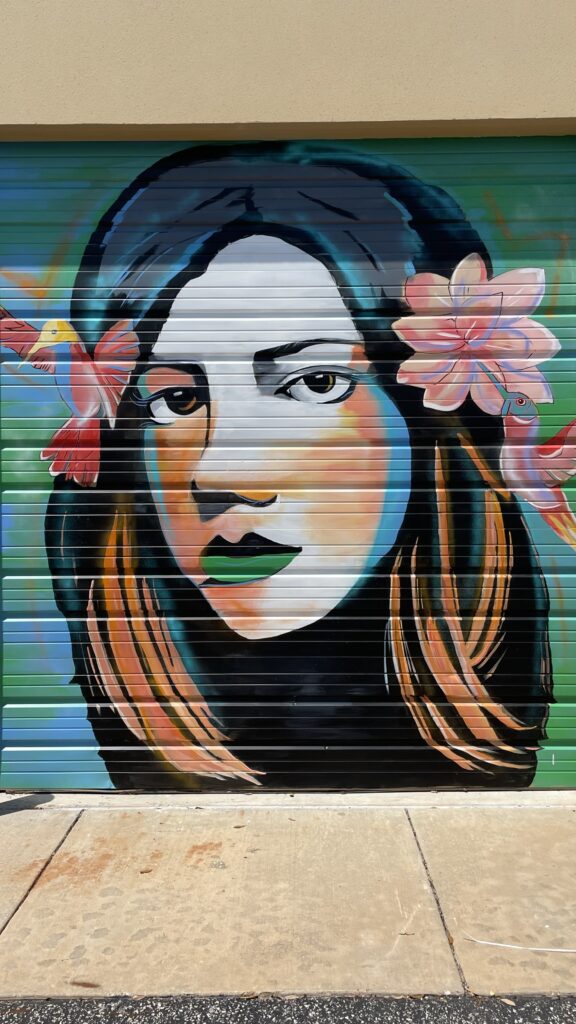by Cordovan Art School
Art is not just a way to personall express creativity. Art an be described as a life force that runs through the veins of a community. From vibrant murals on city walls to local theaters’ captivating performances, to art education in a classroom, art plays an important role in shaping and sustaining a community. In this article, we will explore some reasons why art is important in the community.
Community Culture and Unity

Art in all of its forms, is a reflection of a community’s unique culture and heritage. Through art, communities can celebrate their traditions, share their stories, and preserve their history. Whether it is a dance performance, an art gallery showcasing local talent, or a cultural festival, art is a medium through which communities come together to create shared experiences that strengthen the bonds of its members. Public art installations, particularly, often become iconic symbols of a community, serving as a source of pride and identity for its residents; a gathering place where people can share a commonality in a shared interest.
Aesthetic Enhancement
Art beautifies the physical environment of a community. Public art installations, sculptures, murals, and museums, instill a sense of pride in the residents of a community. Additionallt, public art installations bring people in the community together to a place of enjoyment, a place of solace, inspiration, beauty, interest, and curiosity.
Social Engagement
Art programs, performances, workshops, and classes offer the individuals of a community an opportunity to develop their creative skills, but even more important for communitie, art experiences provide social engagement and connection. They bring people together, transcending differences in age, race, or background. Whenever such programs are in place, often collaboration and communication foster a sense of value, belonging, and social cohesion for individuals in the community. These benefits are significant whether through direct participation in the art itself, or simply in the enjoyment of a shared art experience.
How can we best contribute to art in the community?
Contributing to art in the community certainly does not require that we be a professional artist. Here are some other ways to contribute:
- Whether you are a participating artist or not, work as a volunteer, or attend local art events as an observer; art exhibitions, theater performances, and community cultural events. Your presence encourages the arts and contributes to the success of community events.
- Support local artists: Purchase artwork from local artists, attend workshops they teach, or commission them for projects.
- Advocate for public art: Support initiatives to fund and install public art in your community. Voice your support for public art projects that beautify and enrich your neighborhood.
- Donate financially to local art organizations, museums, and galleries.
- Teach or mentor emerging artists: If you have artistic skills, consider offering workshops or classes to share your knowledge with others.
- Create community art projects. Organize or participate in community art projects such as murals, sculptures, or art installations. These projects can beautify public spaces and foster a sense of community involvement. Collaborate with arts organizations on creative projects.
- Support arts education: Advocate for art education programs in local schools and community centers. Attend arts workshops or classes to develop your own artistic skills. This not only enriches your life but also helps sustain the local arts community.
- Spread awareness. Follow and support social media platforms and personal networks to promote local arts events, artists and organizations. Word of mouth and online promotion can impact the visibility of the arts in your community.
In conclusion, art enriches the cultural fabric of the community. It promotes unity, provides aesthetic enhancement, and encourages social engagement. Find personal fulfillment and enjoyment in supporting the arts, participating in the arts, and building the arts in your community.